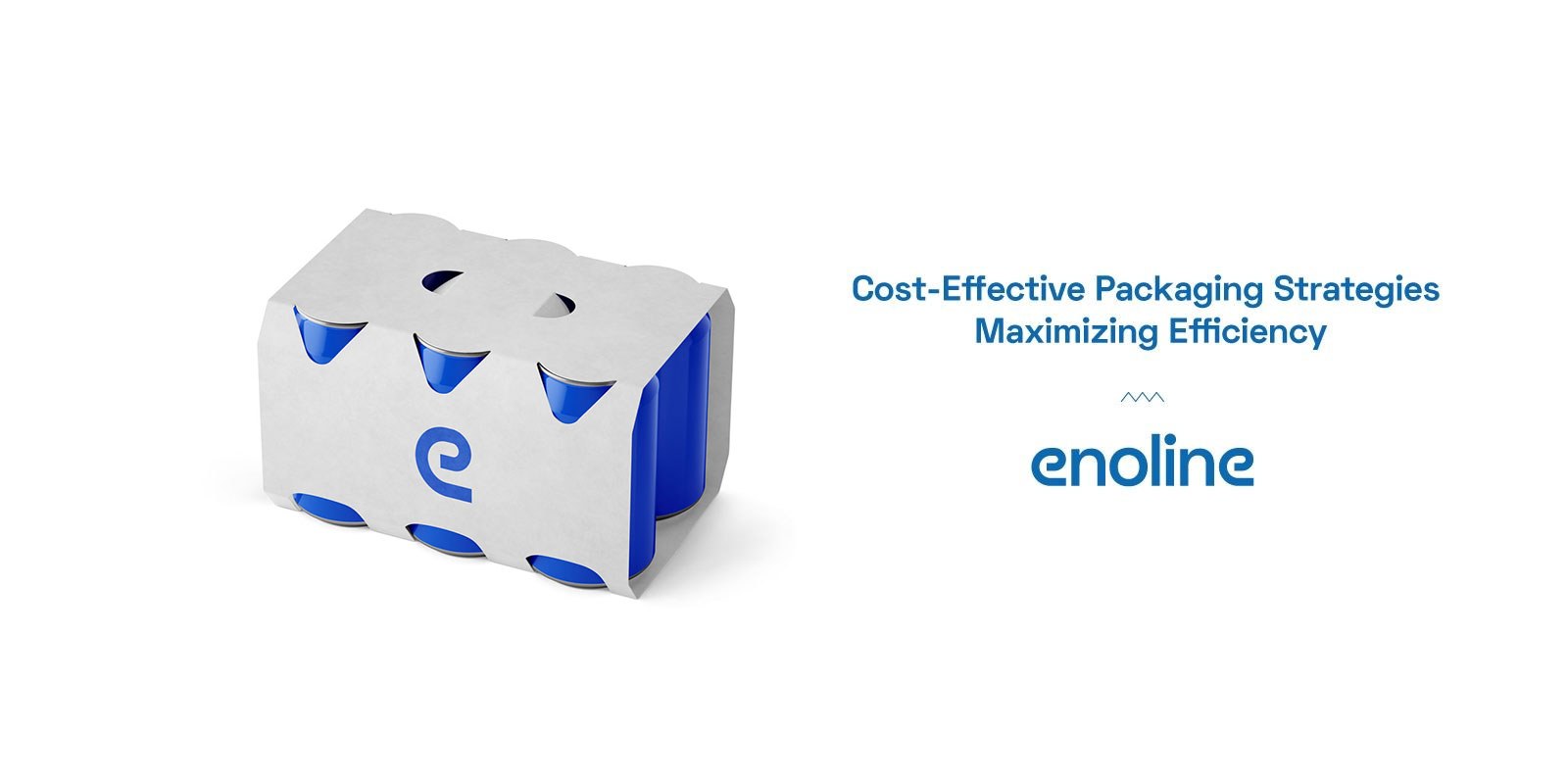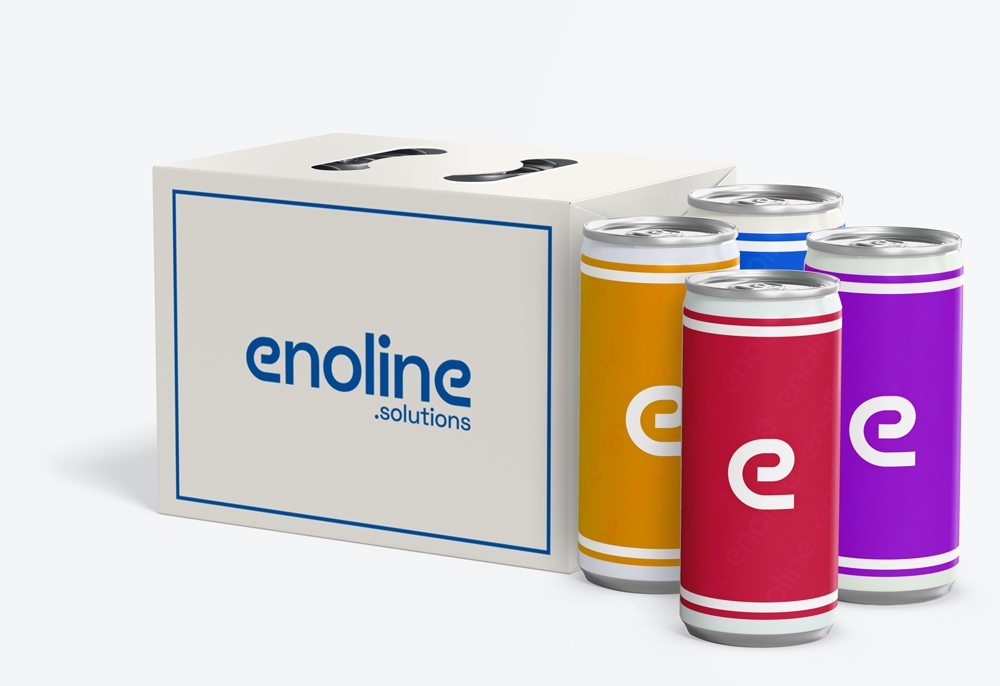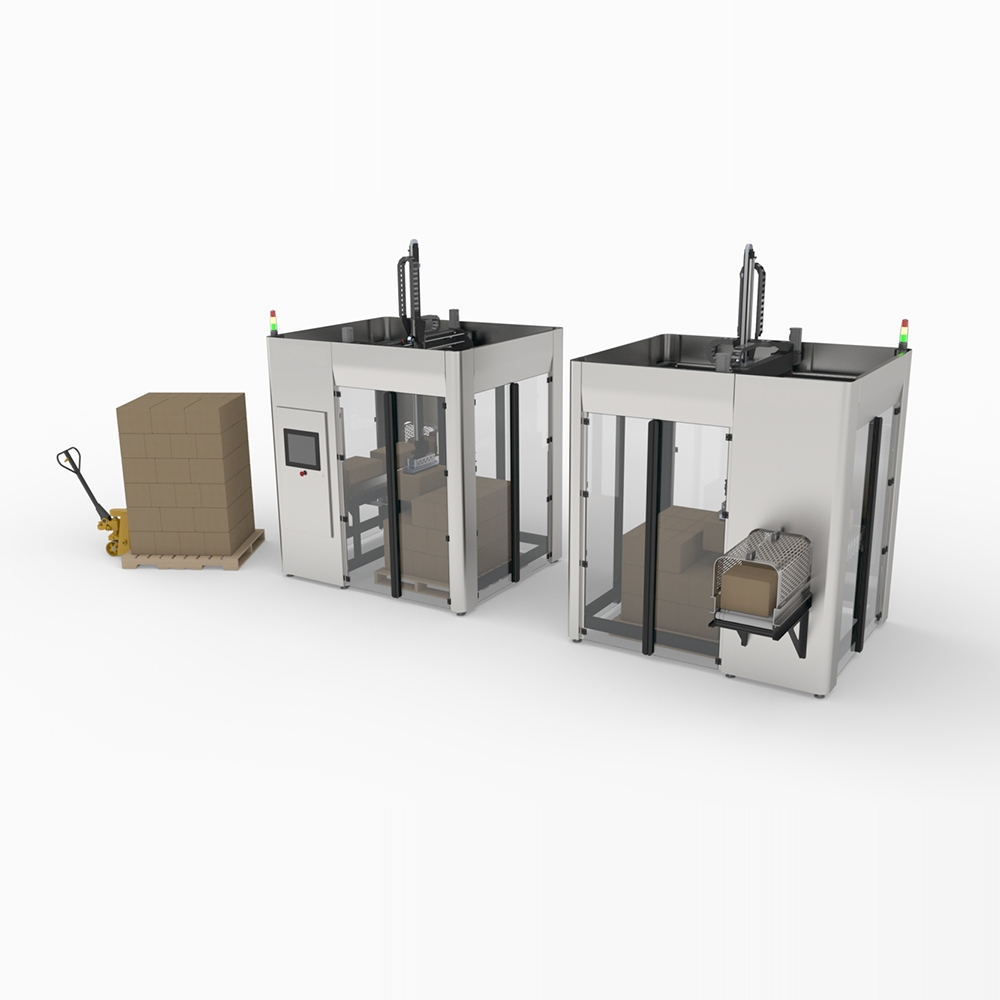August 22nd
Cost-Effective Packaging Strategies : Maximizing Efficiency

Packaging is a critical aspect of any manufacturing process, directly impacting both product quality and overall operational costs. Implementing cost-effective packaging strategies can significantly reduce these expenses, especially when businesses invest in energy-efficient, low-maintenance machinery. In this article, we explore how businesses can achieve cost reductions through smart machinery investments and the long-term financial benefits of upgrading to advanced packaging technologies.
Reducing Packaging Costs with Efficient Machinery
1. Energy-Efficient Packaging Machines
Energy-efficient packaging machines are designed to minimize power consumption while maintaining high productivity levels. These machines are not only environmentally friendly but also help reduce energy bills, leading to significant cost savings. Modern packaging equipment often includes features such as variable speed drives and intelligent power management systems, which optimize energy use based on real-time demand. For businesses aiming to lower their operational costs, investing in energy-efficient machinery is a crucial step.
Energy-efficient machines often incorporate advanced technologies like servo motors, which are more precise and consume less energy compared to traditional motors. Additionally, these machines are equipped with sensors and automation systems that ensure optimal operation, reducing the risk of energy wastage. For example, smart sensors can detect when a machine is idle and automatically switch it to a low-power state, thereby conserving energy. Over time, these savings accumulate, making energy-efficient machinery a sound financial investment for manufacturers.
Furthermore, some governments offer incentives or tax breaks for companies that invest in energy-efficient equipment, further enhancing the cost-effectiveness of these machines. By choosing energy-efficient packaging machines, businesses not only reduce their operational costs but also contribute to a more sustainable future, aligning with the growing demand for environmentally responsible practices in the industry.
2. Low-Maintenance Equipment
Maintenance costs can be a significant burden on any business, especially if packaging machinery requires frequent repairs or replacements. Low-maintenance packaging machines are designed with durability and reliability in mind, reducing the frequency and cost of upkeep. Features like self-lubricating components, automated diagnostics, and modular designs that allow for easy part replacement all contribute to lower maintenance requirements. By choosing low-maintenance equipment, businesses can avoid costly downtime and ensure continuous operation.
Another benefit of low-maintenance machines is their extended lifespan. High-quality components and robust engineering mean these machines are less prone to breakdowns, extending the time between necessary repairs. Additionally, modular designs allow for quick and easy replacement of parts, minimizing downtime during maintenance. This not only reduces direct maintenance costs but also improves overall productivity, as machines spend more time in operation and less time under repair.
Low-maintenance equipment is especially beneficial for smaller businesses or those with limited technical staff, as it reduces the need for specialized maintenance personnel. Automated diagnostics further simplify the process by identifying potential issues before they become critical, allowing for preemptive maintenance. In the long run, investing in low-maintenance machinery can significantly lower total cost of ownership, making it a cost-effective choice for businesses of all sizes.
3. Automation and Integration
Automation plays a critical role in reducing packaging costs by improving efficiency and reducing labor requirements. Advanced packaging machines often integrate with other production line equipment, creating a seamless workflow that reduces the need for manual intervention. This not only cuts labor costs but also improves accuracy and consistency, leading to fewer errors and less waste. Automation can also help businesses scale their operations without significantly increasing costs, making it a cost-effective solution for growing companies.
Modern automated systems can handle a variety of tasks, from filling and sealing to labeling and palletizing, with minimal human input. This level of automation not only speeds up production but also ensures greater consistency and quality control. For example, automated filling machines can be programmed to dispense precise amounts of product, reducing the risk of overfilling or underfilling, which can lead to waste or customer dissatisfaction.
Integration of packaging machines with other production systems also enhances efficiency. For instance, an integrated labeling machine can automatically adjust to different product sizes and formats, eliminating the need for manual adjustments and reducing setup times. This level of integration is particularly valuable for companies that produce multiple products or operate in highly dynamic markets, where flexibility and quick changeovers are essential.
Moreover, automation can be scaled according to the needs of the business. Small businesses might start with semi-automated systems and gradually upgrade to fully automated lines as they grow. This scalability makes automation a versatile and cost-effective investment, providing immediate benefits while also supporting long-term growth.
ROI of Investing in Advanced Packaging Machines
1. Long-Term Cost Savings
While the initial investment in advanced packaging machines may seem high, the long-term savings can far outweigh these costs. Advanced machines often come with features that reduce energy consumption, minimize waste, and lower maintenance requirements, leading to significant cost reductions over time. Additionally, these machines typically have longer lifespans, which further enhances their cost-effectiveness. When calculating the return on investment (ROI) for packaging machinery, it is essential to consider not just the upfront cost, but the ongoing savings and efficiency gains.
One of the primary ways advanced packaging machines save money is through improved efficiency. These machines are designed to operate at higher speeds with greater precision, which means more products can be packaged in less time, reducing labor costs and increasing output. Furthermore, the precision of advanced machinery reduces material waste, as products are packaged more consistently and accurately, minimizing errors such as overfilling or mislabeling.
Another factor to consider is the reduction in downtime. Advanced machines are often equipped with predictive maintenance features that alert operators to potential issues before they lead to a breakdown. This proactive approach to maintenance can prevent costly unplanned downtime, ensuring that production runs smoothly and continuously. Over time, the reduction in maintenance-related interruptions contributes to the overall ROI of the equipment.
2. Increased Production Capacity
Advanced packaging machines often have higher production capacities compared to older models, enabling businesses to produce more units in less time. This increase in output can lead to higher revenue, which, combined with lower operational costs, improves overall profitability. Moreover, with faster production times, companies can respond more quickly to market demands, giving them a competitive edge. The ability to scale production efficiently is a key factor in achieving a positive ROI on packaging machinery investments.
Higher production capacity also means that businesses can take on larger orders or expand into new markets without needing to invest in additional equipment. This scalability is particularly beneficial for growing companies, as it allows them to meet increased demand without significant capital expenditures. Additionally, the increased efficiency and throughput provided by advanced machinery can shorten lead times, improving customer satisfaction and enhancing the company's reputation.
3. Enhanced Product Quality
Investing in advanced packaging technology can also lead to improvements in product quality. Modern machines offer precise control over packaging processes, ensuring that each product is packaged consistently and to the highest standards. This not only reduces waste but also enhances customer satisfaction, leading to repeat business and brand loyalty. The long-term financial benefits of delivering a higher quality product can be substantial, further justifying the investment in advanced packaging equipment.
High-quality packaging is essential for protecting products during transit and ensuring they reach customers in perfect condition. Advanced packaging machines are designed to handle delicate or complex products with care, reducing the risk of damage and returns. This attention to quality not only enhances the customer experience but also reduces costs associated with returns, replacements, and damaged goods.
Moreover, consistent and professional packaging contributes to brand perception. Well-packaged products are seen as more trustworthy and premium, which can justify higher price points and improve profitability. In competitive markets, where brand differentiation is key, the investment in advanced packaging machinery that ensures superior product presentation can provide a significant return.
Conclusion
Reducing packaging costs through efficient machinery and investing in advanced packaging technologies are strategies that offer both immediate and long-term financial benefits. By focusing on energy efficiency, low-maintenance designs, and automation, businesses can significantly lower their operational costs while improving production capacity and product quality. The ROI of upgrading to advanced packaging machines is clear: lower costs, higher efficiency, and a stronger competitive position in the market.
Ultimately, the decision to invest in advanced packaging machinery should be viewed as a strategic move that positions the business for future growth. The initial costs are offset by the numerous benefits, including cost savings, increased productivity, and enhanced product quality. For businesses looking to stay competitive in a rapidly evolving market, investing in modern, efficient packaging equipment is a smart and forward-thinking choice.
FAQs
What are the main benefits of energy-efficient packaging machines?
Energy-efficient packaging machines reduce power consumption, leading to lower energy bills. They also contribute to environmental sustainability and can improve a company’s operational efficiency.
How does low-maintenance machinery reduce costs?
Low-maintenance machinery reduces costs by minimizing the need for frequent repairs, reducing downtime, and extending the lifespan of equipment, leading to fewer replacements.
What is the ROI of investing in advanced packaging machines?
The ROI includes long-term cost savings from reduced energy use, lower maintenance, increased production capacity, and improved product quality, which all contribute to higher profitability.
How can automation impact packaging costs?
Automation reduces labor costs, increases efficiency, and improves accuracy, all of which contribute to lower overall packaging costs and higher production rates.
Are advanced packaging machines suitable for small businesses?
Yes, many advanced machines are scalable and can be customized to fit the needs of small businesses, providing efficiency and cost savings that support growth.
Let us find the best packaging machine for your company !

